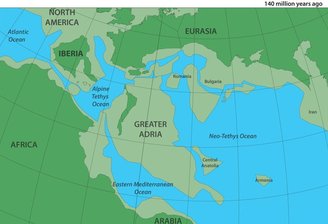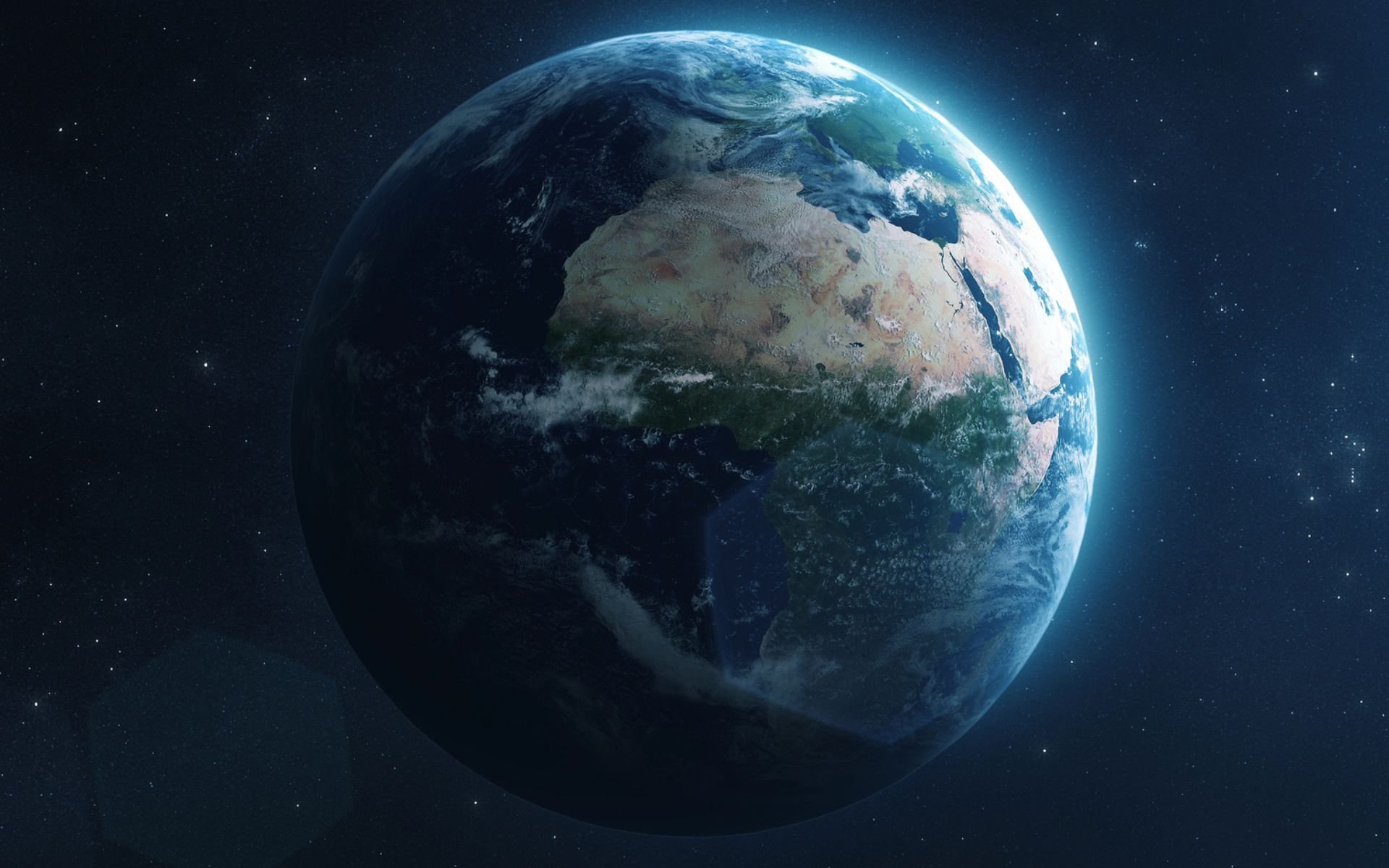When examining the map of planet Earth, you may think that you are observing all regions of the Earth, but this is not entirely true. The fact is that the structure of the celestial body has changed significantly over millions of years since its appearance..
In 2017, a group of geologists uncovered the discovery of Zealandia, a lost continent of 4.9 million square kilometers, approximately six times the size of Madagascar. The discovery does not refer to New Zealand, but to a land that is ‘lost’ because it sank into the Pacific Ocean; However, it is located around New Zealand.
Zealandia is not the only continent to disappear from Earth. Geologists point out that some parts of the world are also under water and we know very little about them. And when it is said that they have ‘disappeared’, this is not literally true, but humanity does not know exactly where they are.
“It’s quite difficult to make discoveries when everything is 2 kilometers underwater and the layers we need to sample are 500 m (about 1,640 ft) below the seafloor. It’s really hard to go out and explore a continent like that. So it’s very difficult to do geophysics and tectonics from Victoria University of Wellington in New Zealand.” “It takes a lot of time, money and effort to get to ships and chart areas,” said professor Rupert Sutherland.
TecMundo has gathered information from geologists, experts in the field, and other scientists to help you understand how a continent could disappear. Check out!
lost continents
Researchers explain that most people think of continents in terms of their geographical shape, but some are much more than just the shape shown on a world map. In fact, geology plays a much more important role in explaining a continent; that is, they include rocks below sea level.
The ‘disappearance’ of some of these regions can be explained by the fact that the continental crust has undergone major changes over thousands of years.that is, these regions are ‘subducted’ beneath the oceans due to the movements of tectonic plates.
Therefore they do not disappear, but eventually they ‘sink’ to the bottom of the sea and are no longer as easily found by science as Zealandia..
Fortunately, technological advances have made it possible for geologists to use computer models to gather more information and map these lost regions. Currently, Zealand is the best mapped lost continent, but it is far from the only one.
zealand
Zealandia is the lost continent with the best mapping to date. As geologist Nick Mortimer, who led the research in the area, explains, after years of study, scientists began to realize that the rocks below sea level were part of a larger continental structure.
“Mapping is an achievement we are proud of. But this is only the beginning of understanding. The most interesting questions in science are when, how and why. These are the ones that will be addressed later,” said Mortimer, after researching Zealandia for more than 30 years.
Greater Adria
A. Greater Adria was part of a region in North Africa that broke away during the Triassic period, about 240 million years ago. – was part of the supercontinent Gondwana. The lost continent lay under tropical seas for a long time until it broke beneath Europe and penetrated the planet’s mantle.

After extensive research, geologists found rock samples from Greater Adria and thus managed to map part of this region. Some parts of the ancient continent are up to 1,500 kilometers deep.
Argolandia
Formed approximately 155 million years ago, the continent of Argolândia broke away from the western region of present-day Australia; The piece of Earth was 5,000 kilometers long and was also part of Gondwana.
Researchers have found evidence of its existence from fossils, rock and mountain range samples. Moreover Tracks found in the Argo Abyssal Plain, deep in the ocean off the northwestern coast of Australia.
Did you like the content? Therefore, always stay updated with more curiosities about continents and supercontinents at TecMundo. If you want, take the opportunity to understand how researchers created a precise map of the Earth’s tectonic plates.
Source: Tec Mundo
I’m Blaine Morgan, an experienced journalist and writer with over 8 years of experience in the tech industry. My expertise lies in writing about technology news and trends, covering everything from cutting-edge gadgets to emerging software developments. I’ve written for several leading publications including Gadget Onus where I am an author.













